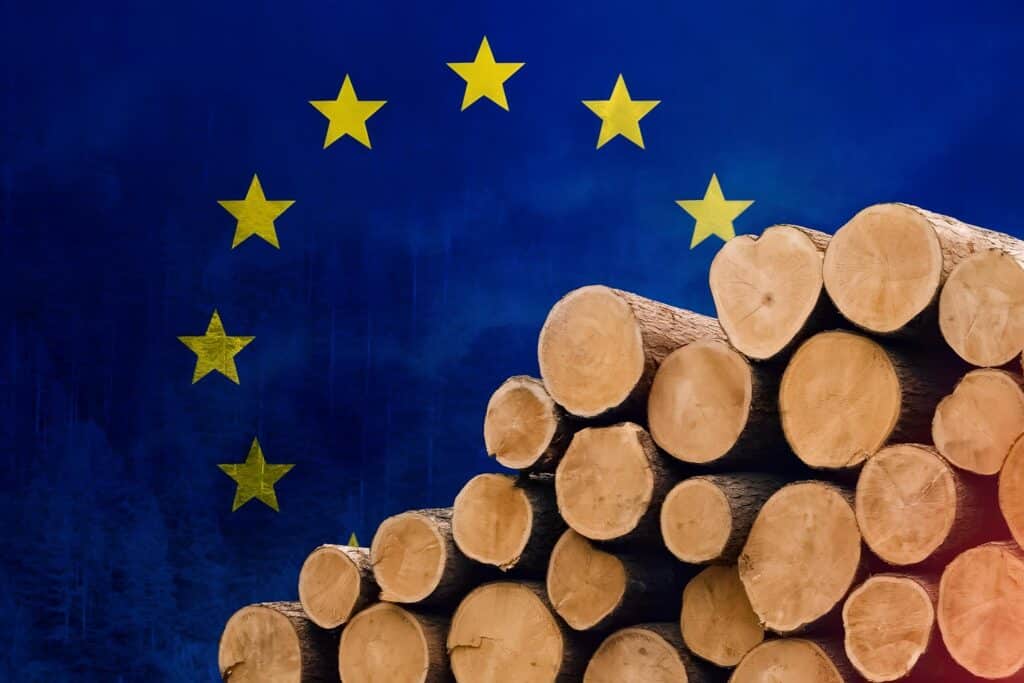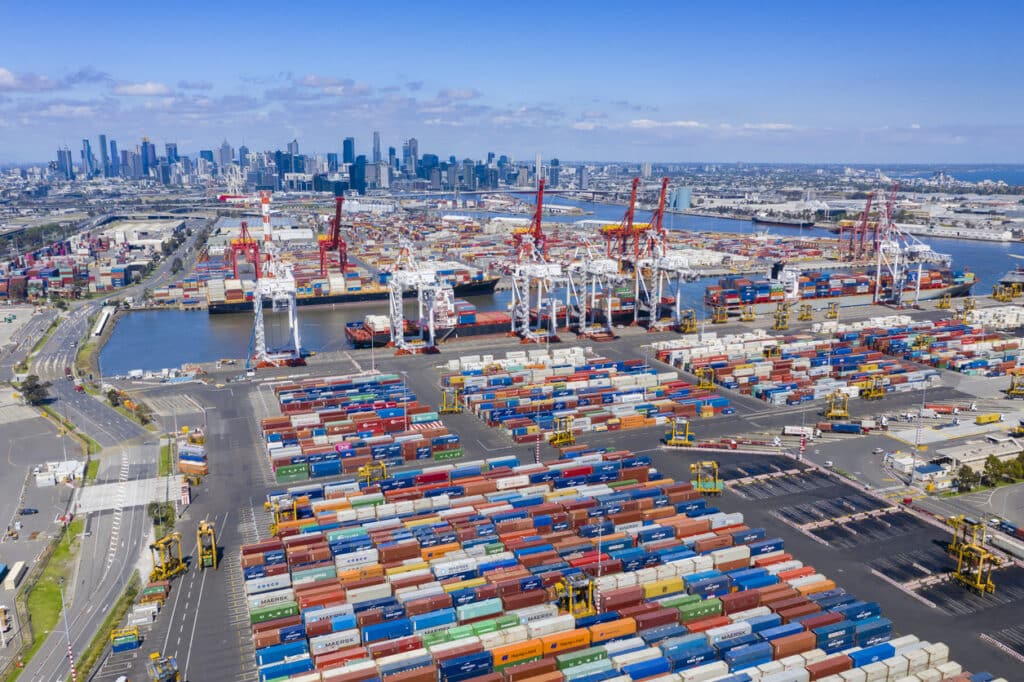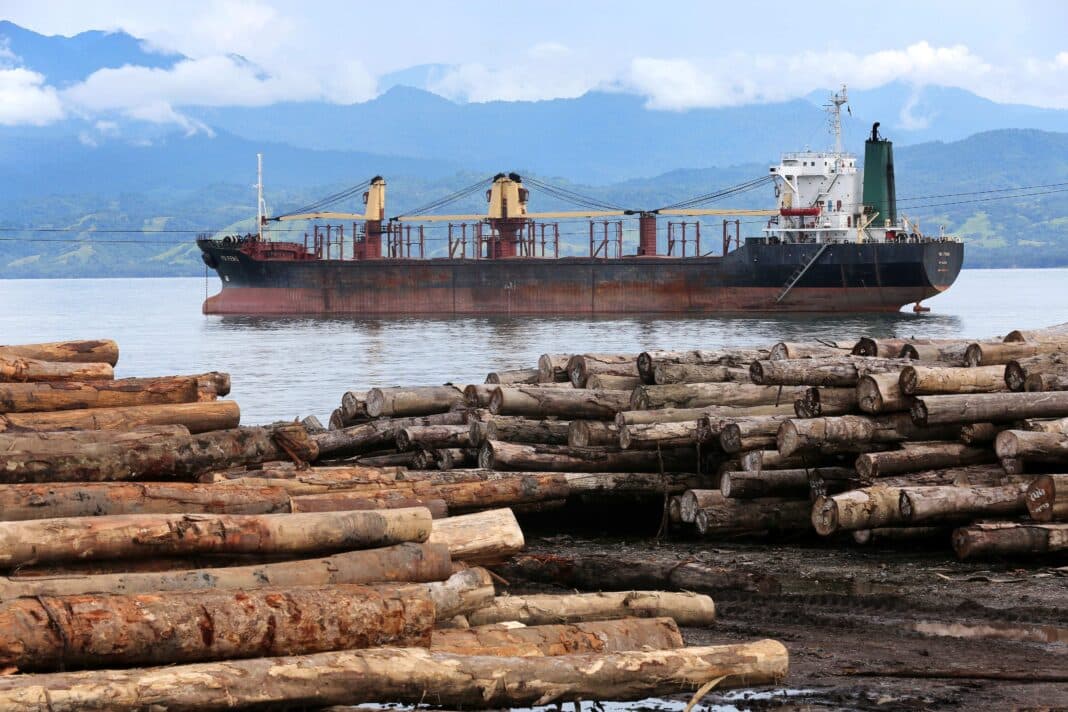Up to 10% of timber entering Australia’s ports could be illegal, with the Australian Government strengthening regulations to make them “fit-for-purpose” amid a global crackdown on illegal timber.
It comes as the EU – through its landmark EUDR, the US, New Zealand, Japan, China, Vietnam, and Indonesia have all introduced legislation, with varying degrees of success, addressing a trade costing governments billions in revenue and connected to drug trafficking and corruption.
Illegal logging has a devastating impact on the climate, nature, and people. Not only does it cost developing countries billions in lost revenue, but the trade is estimated to reduce the price of legal timber by 7-16%.

Earlier this year, Wood Central reported that the Australian Department of Agriculture, Fisheries and Forestry finished reviewing the Illegal Logging Prohibition Regulation 2012, involving multiple foreign governments, 11 non-government associations, 20 industry associations, and significant timber importers and brokers.
That process led to the Australian Senate debating a new bill, the Illegal Logging Prohibition Amendment (Strengthening Measures to Prevent Illegal Timber Trade) Bill 2024, which will boost powers to seize, enforce, and publically disclose non-compliances at the port.
“Illegal logging has negative effects on supply chains, business decisions, industry profitability, investment, and jobs in the Australian economy,” according to Julie Collins, Australia’s new Agriculture, Fisheries and Forestry Minister. “These rules will help to protect the sustainability of this industry and the workforce involved and secure stronger economic growth.
As part of the reforms, Australia is investing $4.4 million in DNA testing, which will help establish the world’s largest forest identification database, the WFID.

Diana Hallam, CEO of the peak body for Australian Forest Products, said that “Australia’s forest industries unequivocally support a strong and robust regime to combat illegal logging, and we thank the Government for the consultation that will allow the industry to provide feedback to policy makers on the new rules.”
“These reforms are particularly timely. As a result of native forestry industry closures in Victoria and Western Australia, Australia has seen a considerable increase in the volume of imported hardwoods and the proper checks, enforcement and penalties must be in place if there’s any doubt as to the source.
“The integrity of our timber and fibre products is paramount. When grown, harvested and processed properly, as we do in Australia, these products represent the height of sustainability, but when corners are cut, it can be environmentally damaging and undermine Australian jobs,” she said.

Wood Central understands that the Australian supply chain will have until September 13, 2024 to have their say on the potential changes.
- For more information about the role that illegal logging plays in driving a thriving “timber trafficking” economy, click on Wood Central’s special feature.






